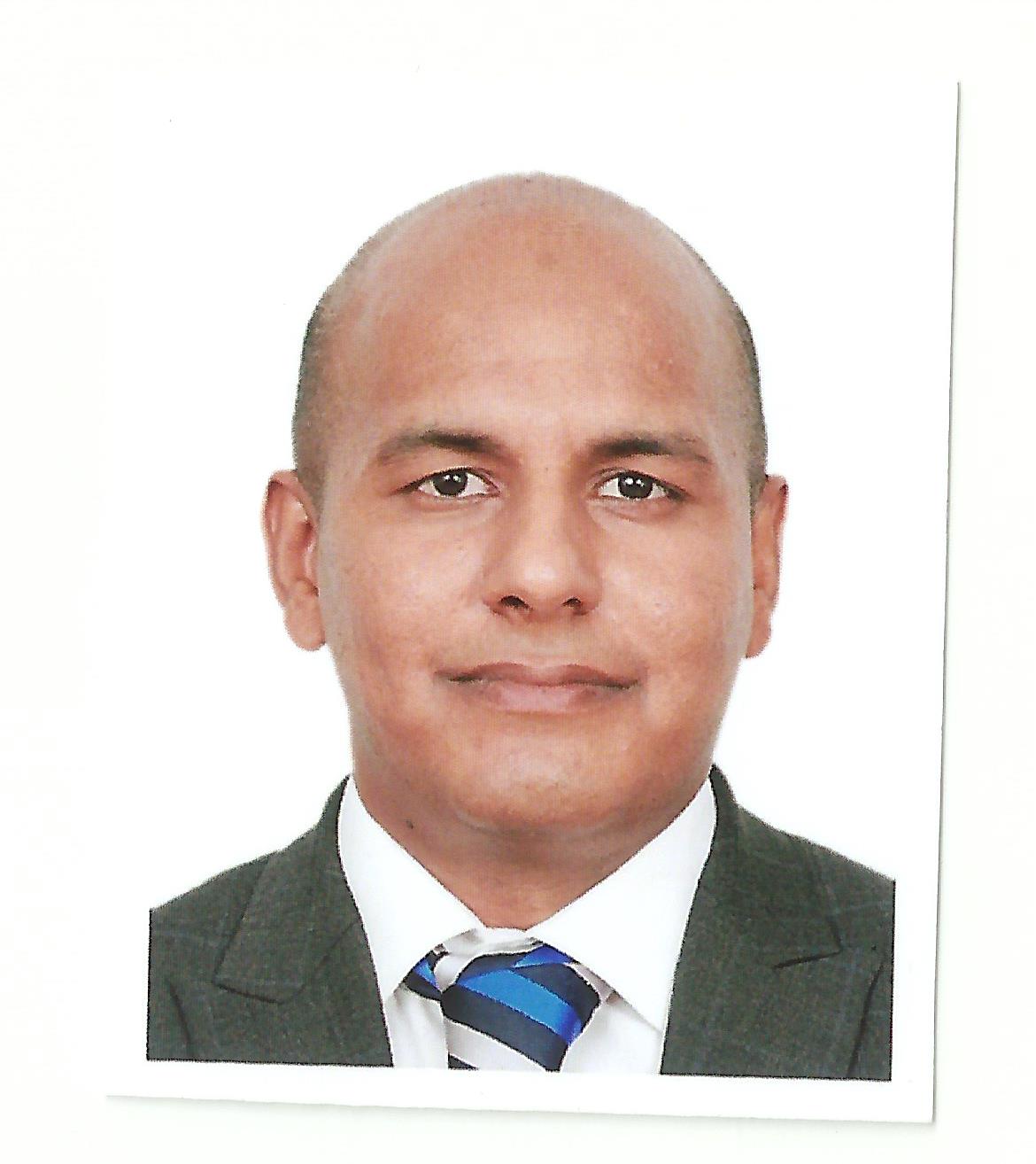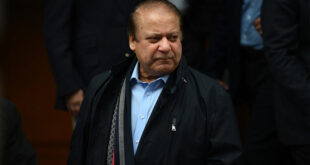
By:
Usman Ali
Special Correspondent Pride News
The Beginning of new era and Poverty Trend in the world

The global poverty rate is defined as the percent of the global population living below the international poverty line of $1.90 a day. Currently, an estimated 9.2% of the world’s population live below this poverty line1 established by the World Bank. That means with the current world population of 7.6 billion, the number of people living in extreme poverty exceeds 689 million.
Global organizations and ministries like Compassion International closely monitor the global poverty rate to identify which poverty reduction strategies are working — and which ones are not. Measuring poverty provides the information and education needed to find the most effective poverty reduction methods. According to a poll of top development economists, Child sponsorship is the most effective long-term development intervention for fighting poverty and helping the poor.2 While the number of people living in poverty had slowly been declining for the past decade, COVID-19 has reversed that trend. Already, 120 million people have been driven into poverty by the pandemic, and the World Bank expects those numbers to climb to around 150 million. 1 The goal established by the United Nations in 2015, to bring the world poverty rate under 3% by 2030 was at risk of not being met before the pandemic and is now viewed as possible only with dramatic actions and policy changes by world governments.
Middle-income countries, including Brazil and the Philippines, will likely see the highest
increase in poverty rates in the coming years.3 This increase is predicted despite the
significant progress made against poverty in middle-income countries in recent years.
The countries’ past progress doesn’t mean people escaped poverty into an economically
secure life. In fact, many aren’t far removed from what they left behind. A major crisis, like
COVID-19, can suck hundreds of millions of people back into poverty.
Estimates show that 263 million more people could be pushed into extreme poverty in
2022, due to the combined impact of COVID-19, inequality and food and energy price
inflation – accelerated by the war in Ukraine. Poorer countries face looming debt crises
and the purchasing power of wages is depressed, while corporate profits soar and
billionaire wealth reaches unprecedented levels.”
The World Bank had previously estimated that 198 million people faced extreme
poverty – defined as living on less than $1.90 per day – due to the COVID-19 pandemic.
Another 65 million people are at risk due to fallout from Russia’s Ukraine invasion –

including
soaring
energy
and
food
prices.
The total number of people in extreme poverty worldwide could reach 860 million.
POVERTY LEADS TO HUNGER :
One in three children in low- and middle-income countries suffers from chronic
undernutrition. Without a sustainable source of income at a sufficient level, young
children and their families do not have access to nutritious food, clean water or health
care. And the deadly effects of undernutrition cannot be underestimated:
45% of all child deaths worldwide are from causes related to undernutrition (World
Health Organization, 2018).
Children suffer the most when living in poverty. Their young, developing bodies are less
resilient to the effects of living without clean water, food or health care. As a result, many
children living in poverty suffer from malnutrition and disease. If left untreated—which is
common due to limited access to health care—they cannot survive. It is estimated that
less than a third of children suffering from severe acute malnutrition receive treatment.
The UN said last week that global food prices had reached a new all-time high amid the
repercussions of war in Europe and warned that soaring costs would hit the poorest
hardest.
The conflict has driven up prices of wheat, maize and vegetable oils. Russia ranks as the
world’s largest exporter of wheat, while Ukraine – known as the breadbasket of Europe –
ranks fifth. Together the countries supply more than a quarter of global exports, with
buyers typically concentrated in poor regions such as the Middle East and north Africa.
The UN’s Food and Agriculture Organization, which tracks global prices, said the war had
contributed to a rise in cereal prices of 17% over the past month alone, with the closure of
ports hitting wheat and maize exports in the Black Sea. Russian exports have also been
slowed by financial and shipping problems. rising food costs account for 17% of
consumer spending in wealthy countries, but as much as 40% in sub-Saharan Africa. The
impact will also be felt in wealthier economies, including the US where the poorest fifth of
families spend 27% of their income on food, compared with just 7% for the richest fifth.
it said a wave of governments in low-income countries were close to defaulting on their debts, and could be forced to cut public spending to pay creditors and import food and
fuel. It found the world’s poorest countries are due to pay $43bn in debt repayments this
year, which could otherwise cover the costs of their food imports. debt payments for
developing countries could be cancelled to help those most at need, while an annual
wealth tax on millionaires and billionaires could rake in more than $2.5tn a year.
The proceeds could be used to lift 2.3 billion people out of poverty, make enough
vaccines for the world, and deliver universal healthcare and social protection for
everyone living in low and lower middle-income countries. Multiple global crises are
causing misery for millions of people and just moving aid around to each crisis is not
enough; low-income countries need debt cancellation to be able to invest in social safety
nets and progressive taxation on the wealthiest is needed now more than ever to provide
huge funds for protecting the most vulnerable.

“In addition to the shocking extreme poverty figures, millions of people are already
experiencing severe levels of hunger across east and west Africa, Yemen and Syria.
The pandemic resulted in people losing their jobs and savings, while they are faced with a
greater food price inflation than the 2011 crisis. In comparison, billionaires continue to
make money, as they exploit an “inflationary environment to boost profits at consumers’
expense. Oil companies are making record profits with soaring energy prices and
margins “while investors expect agriculture companies to rapidly become more profitable
as food prices spiral.
The fortunes of 10 of the richest people in the world have doubled during the pandemic.
At the same time, some 2,744 small billionaires have recorded an unprecedented rise in
fortunes compared to the last 14 years, the report said. These 14 years were already a
bonanza for billionaire wealth, it added.
The increasing poverty is not spread evenly across geographies, according to the data.
Food costs account for 40 per cent of consumer spending in sub-Saharan African
nations, while the same figure is half for those living in advanced economies.
Developing nations, which were already faced with a worrying fiscal condition, are now
witnessing debt levels unseen so far. An estimated debt servicing amounting to $43 billion in 2022 for the world’s poorest countries is needed, the authors highlighted. The international body urged world leaders attending the upcoming meeting to follow a five-pronged economic rescue plan to evade what is sure to be a catastrophic: First, cuts in value-added taxes on staple food and cash transfers to support income should be implemented to protect the poorest from inflation. Second, World Bank and IMF should cancel debt payments for 2022 and 2023 for low and lower-middle-income countries. Third, a 2 per cent tax on personal wealth above $5 million, 3 per cent for wealth above $50 million and 5 per cent for wealth above $1 billion should be imposed. This could amount to $2.52 trillion — enough to save 2.3 billion people from poverty.
 Pride News Daily NEWS
Pride News Daily NEWS





